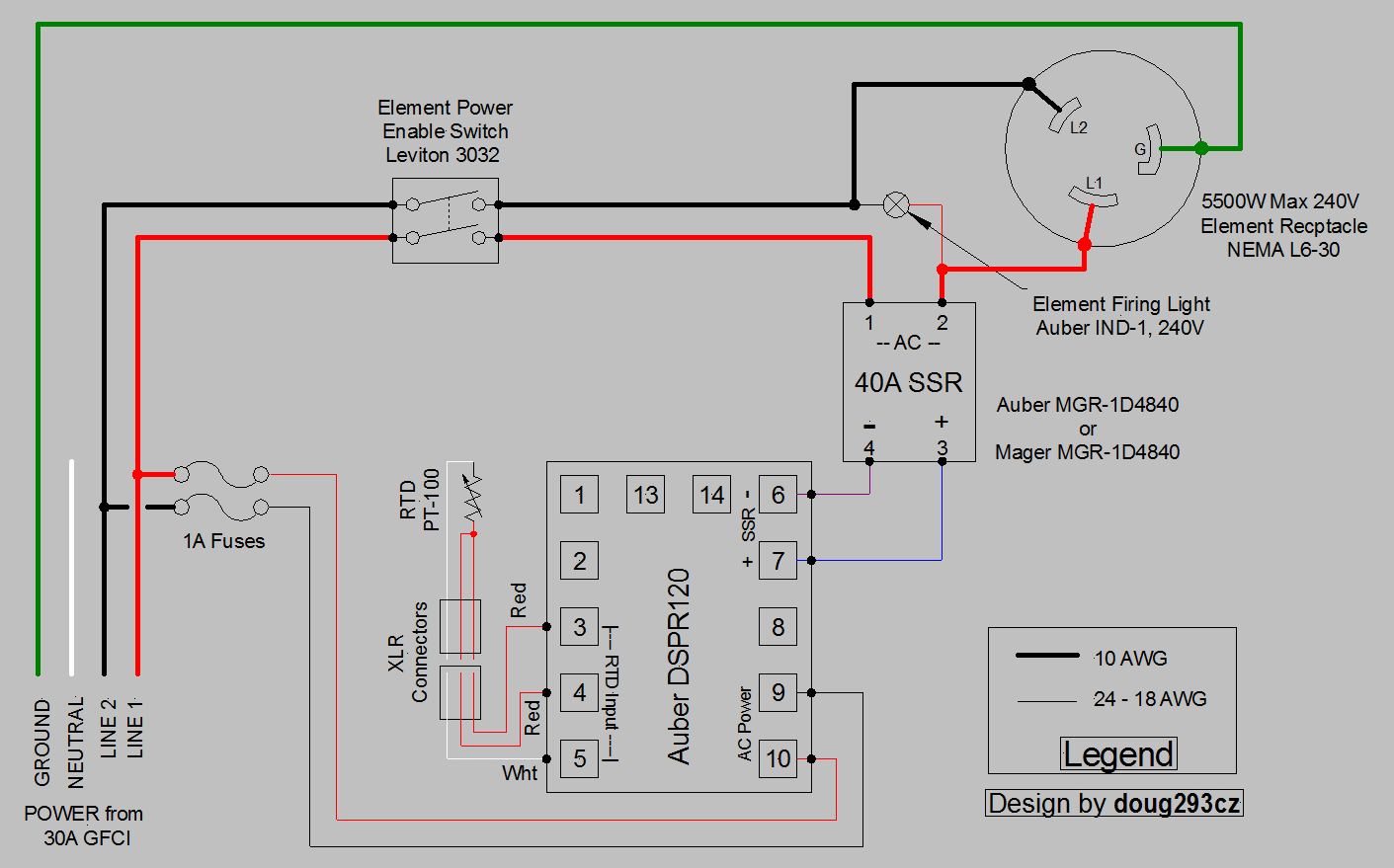Ridenour64
Well-Known Member
- Joined
- Sep 29, 2012
- Messages
- 603
- Reaction score
- 249
Hey everyone,
I have made wines, ciders ETC but have not made any beer yet because I lack the extra equipment. I am ready to purchase some equipment but I want to make sure I do it right the first time. I’m looking at a 10 gallon spike kettle because I want it to have TC fittings. On brewhardware.com I see they sell a 2250 watt 20amp 120 TC element. My question is, how can I control the amount of power that is going to this element (without going crazy of course. Im not very experienced with electrical, nor do I have knowledge on these controller builds I’m seeing on here, I also do not want to spend a lot of money building a controller) the kettle will have an analog temperature gauge on it, and I’m not really concerned about any auto turning on or off at certain temperatures. Essentially, I’m just looking to have the control over energy output like a propane burner. I also am not going to run a pump. At the very least, I’d like to have a single switch just to shut it off. I feel like that would be better than just plugging and unplugging it? I only plan on doing 5 gallon batches, maybe less occasionally.
Edit: I didn’t put in there that I plan on BIAB all in my kettle.
I have made wines, ciders ETC but have not made any beer yet because I lack the extra equipment. I am ready to purchase some equipment but I want to make sure I do it right the first time. I’m looking at a 10 gallon spike kettle because I want it to have TC fittings. On brewhardware.com I see they sell a 2250 watt 20amp 120 TC element. My question is, how can I control the amount of power that is going to this element (without going crazy of course. Im not very experienced with electrical, nor do I have knowledge on these controller builds I’m seeing on here, I also do not want to spend a lot of money building a controller) the kettle will have an analog temperature gauge on it, and I’m not really concerned about any auto turning on or off at certain temperatures. Essentially, I’m just looking to have the control over energy output like a propane burner. I also am not going to run a pump. At the very least, I’d like to have a single switch just to shut it off. I feel like that would be better than just plugging and unplugging it? I only plan on doing 5 gallon batches, maybe less occasionally.
Edit: I didn’t put in there that I plan on BIAB all in my kettle.
Last edited:


![Craft A Brew - Safale S-04 Dry Yeast - Fermentis - English Ale Dry Yeast - For English and American Ales and Hard Apple Ciders - Ingredients for Home Brewing - Beer Making Supplies - [1 Pack]](https://m.media-amazon.com/images/I/41fVGNh6JfL._SL500_.jpg)













































